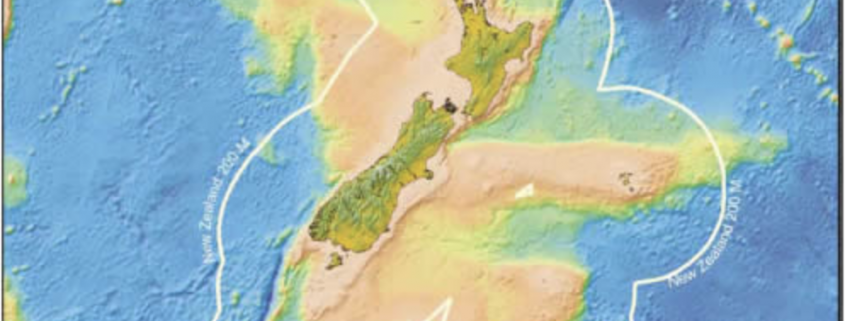Functional Group Analysis Provides Insight in to Changes in Ecological Communities
By: Carolyn Hamman, SRC Intern
The interaction and impact humans have with and on oceanic environments are difficult to measure yet of vital importance to understand. The increasing global demand for fish as a food source has led to fishing pressures with potentially detrimental effects on the fished communities. By understanding the changes that are occurring within these ecological communities, conservation measures can be proposed to protect the habitat from becoming irreversibly changed. The caveat is the many environmental factors and interactions within and among certain communities which makes it hard to accurately predict impacts from fishing pressure.
Prior methods have included looking at measurements, such as species richness, as a proxy for community changes (Bremner, 2008). However, this ideology might not be as applicable within environmentally variant communities. Instead, there is a new approach that groups populations with certain like traits together. These groups, called functional groups, share response and effect traits. These traits capture how well the groups will survive based on different environmental conditions as well as the effect the same group has on other organisms and the overall ecosystem (Lundquist et al., 2018). This method of analyzing ecosystem impacts is advantageous as it standardizes responses certain individuals might have as well as looking at responses that are actually relevant to the ecosystem (Lundquist et al., 2018).
An example of this approach in action occurred in a study looking at the approach of bottom fishing disturbance on benthic communities in New Zealand (Figure 1). Here, researchers split the species in the area in to eight functional groups based on the way said species interact and modify their environment, and hypotheses were made on how fishing would disturb each functional group based on their characteristics (Lundquist et al., 2018).

Figure 1: An image of the New Zealand exclusive economic zone (EEZ) (Source: http://www.mfe.govt.nz/publications/marine/offshore-options-jun05/html/figure-1.html).
The scientists looked at the abundance of each functional group as a function of different categories of certain parameters including depth, seabed roughness, sediment, seabed slope, tidal current, primary productivity, and fishing effort. The results from the analysis showed how effective using functional groups was as a proxy for predicting the impact seafloor trawling has on disturbing the benthic communities in New Zealand (Lundquist et al., 2018). Each functional group had different responses to each variable based on how the group interacts with their environment. Even with increased fishing effort, some functional groups had an increase in abundance, which would allow them to radiate as other functional groups decreased in abundance.

Figure 2: Abundance of each functional group for the Ocean Survey 20/20 offshore dataset for different fishing effort classes. Abundance values for groups 4 and 6 are plotted on the secondary y axis. Error bars represent one standard error. (Lundquish et al., 2018)
Using functional groups as a method to analyze changes in ecological communities provides a more holistic and accurate way to look at how ecosystems change as a result of different parameters, including fishing effort. Having a more accurate picture of the changes allows scientists to be able to implement more robust protocol that will protect the ecosystem for the future.
Works cited:
Bremner, J. (2008). Species’ traits and ecological functioning in marine conservation and management. J. Exp. Mar. Biol. Ecol. 366, 37–47.
Lundquist, C. J., Bowden, D., Cartner, K., Stephenson, F., Tuck, I. & Judi E. H. (2018). Assessing Benthic Responses to Fishing Disturbance Over Broad Spatial Scales That Incorporate High Environmental Variation. Frontiers in Marine Science, 5(405), 1-14. Doi: 10.3389/fmars.2018.00405



